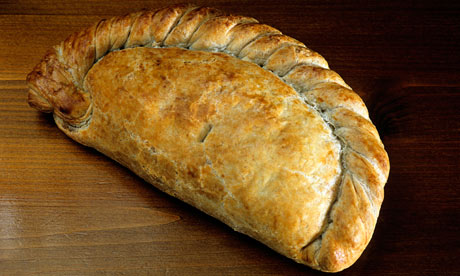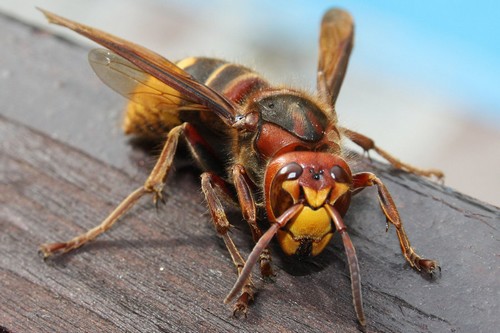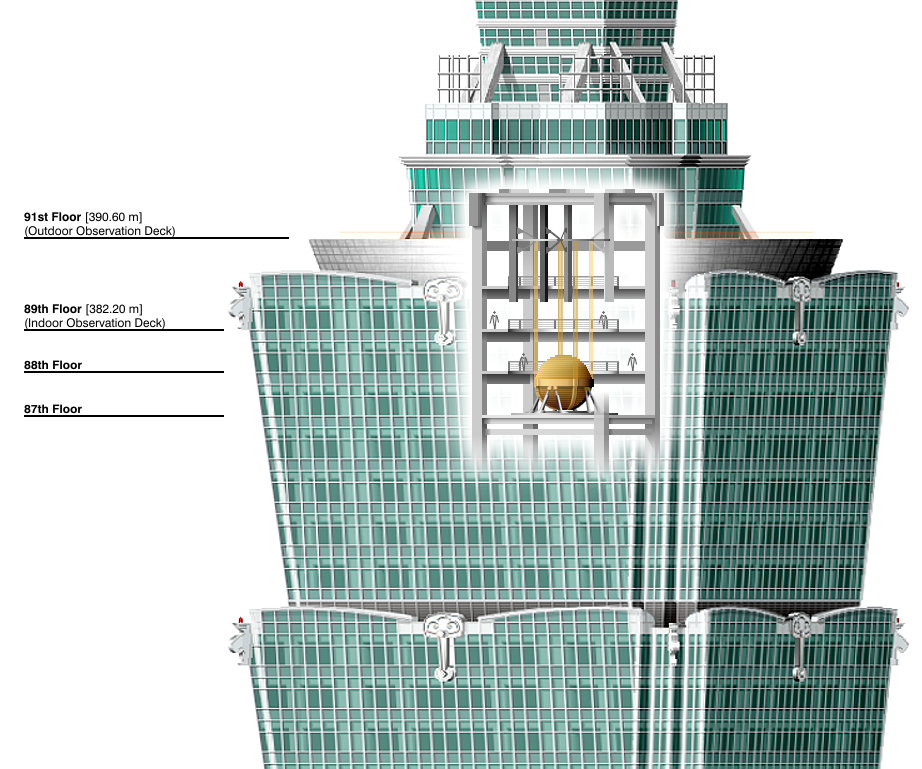
Flamingos are one of the most iconic creatures in the animal kingdom, easily identified by their bright pink plumage. However when Flamingos were first brought to zoos from the wild, the keepers were dismayed to find they lost their bright pink colour and turned a grey/white shade.
It turns out the secret to the flamingo’s pink feathers comes from their diet. In the wild flamingos eat algae and invertebrates that contain things called carotenoids. Carotenoids contain pigments which dissolve in the flamingos fats and are then deposited in the growing feathers of the flamingo giving them their colour. If this is removed from the diet of the flamingo then the colour will be lost and feathers come through as their natural grey colour.









